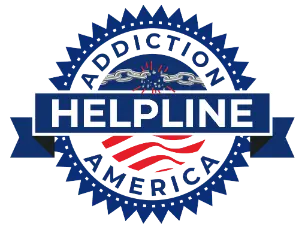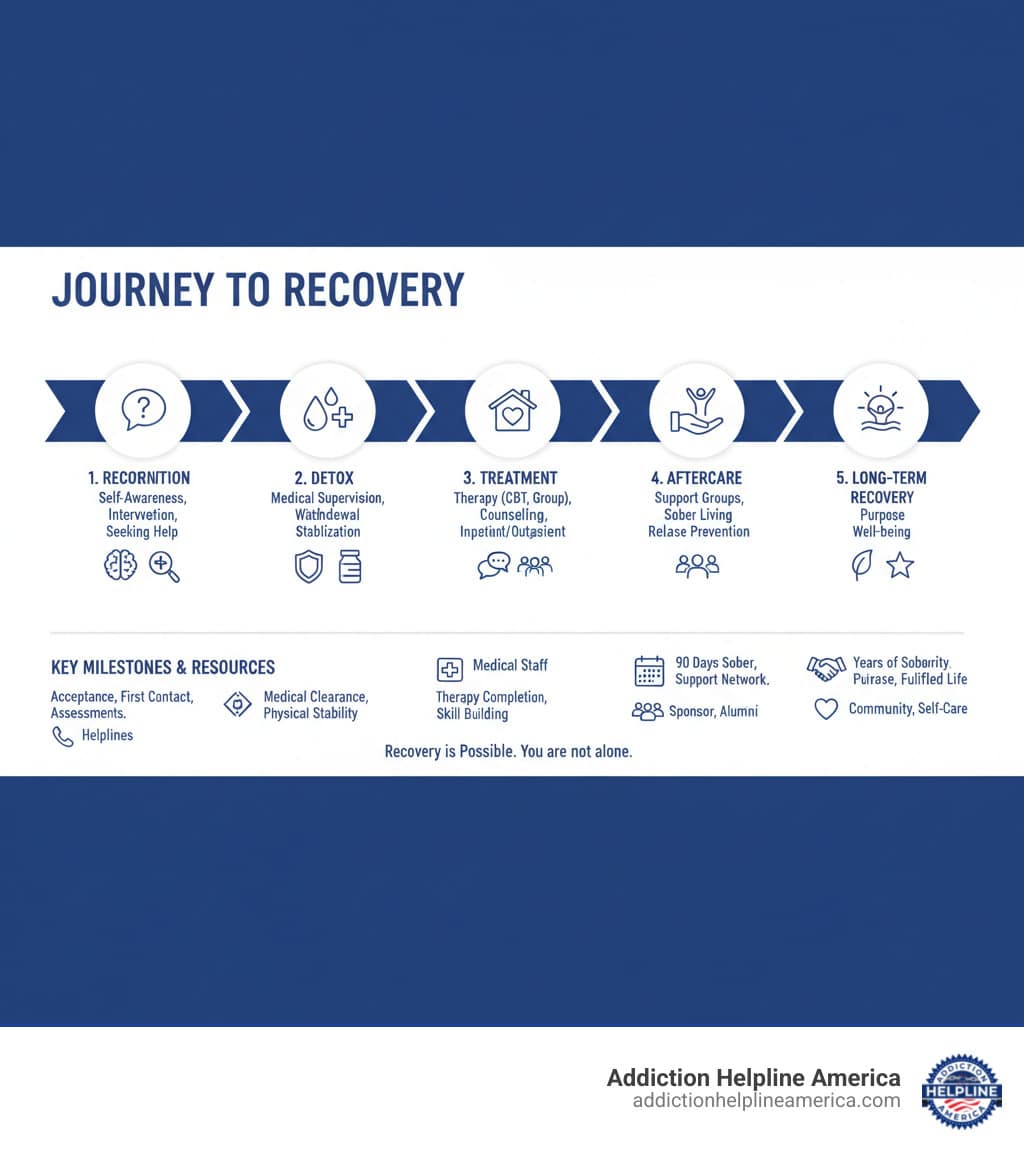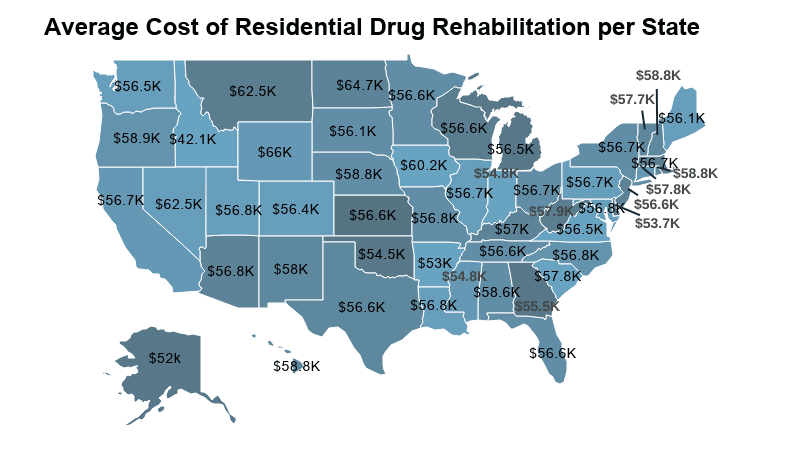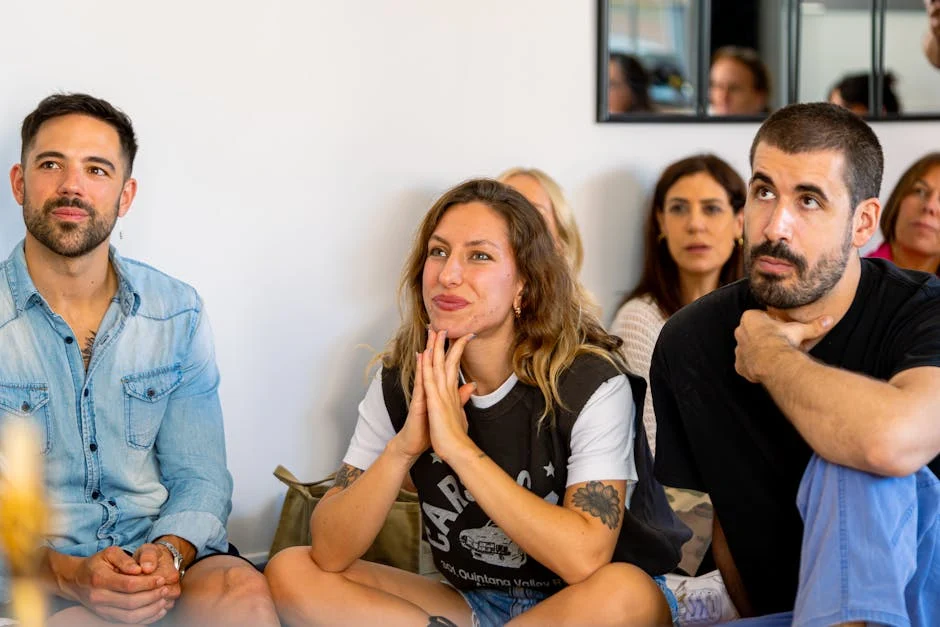Fortunately, most people don’t pay these costs entirely out of pocket. The Affordable Care Act (ACA) mandates that most health insurance plans cover substance use disorder treatment. Medicaid, Medicare, private insurance (HMOs and PPOs), and TRICARE for military families all typically offer coverage.
Understanding your specific benefits is key. A treatment center or a helpline can verify your coverage and explain your financial responsibility. If you lack adequate insurance, many facilities offer payment assistance, including:
- Sliding fee scales based on income
- Scholarships or grants
- Payment plans
- State-funded programs for vulnerable populations
- VA benefits for veterans
For more information, explore our resource on More info about paying for rehab. If you’ve recently lost your job, you may qualify for COBRA coverage for the unemployed to maintain your health insurance.
Geographic and Social Problems
Beyond cost, other barriers can prevent access to care. In rural areas, finding nearby Drug Rehabilitation Services in USA can be difficult due to geographic disparity. The growth of telehealth is helping bridge this gap by offering therapy and counseling via video calls, making treatment more accessible.
The stigma surrounding addiction also keeps many from seeking help due to fear of judgment. It’s important to know that your health information is protected by strict confidentiality laws like 42 C.F.R. Part 2, which prevent unauthorized disclosure of your treatment records.
Work and family responsibilities are another significant hurdle. Federal laws like the Family and Medical Leave Act (FMLA) and the Americans with Disabilities Act (ADA) offer legal protections that can allow you to take time off for treatment without risking your job.
Finally, a simple lack of awareness about treatment options can be paralyzing. This is why Addiction Helpline America exists. We simplify the process, answer your questions, and connect you with confidential treatment options with Addiction Helpline America that fit your needs. No barrier should prevent you from getting help.
What Does Success in Rehab Look Like? Effectiveness and Long-Term Recovery
When considering treatment, it’s natural to ask, “Will this actually work?” While there are no guarantees, understanding what makes treatment effective can provide hope and set realistic expectations.
Measuring Effectiveness and Success Factors
Success in recovery is more than just abstinence. It includes rebuilding relationships, finding stable housing and employment, and improving overall physical and mental health. It’s about enhancing your quality of life.
Relapse rates for substance use disorders are between 40-60%, similar to other chronic diseases like diabetes or hypertension. Addiction is a chronic brain disease that affects self-control and decision-making. A relapse doesn’t mean treatment failed; it often indicates that the treatment plan needs to be adjusted. Many people who experience relapse go on to achieve lasting recovery.
Several key factors significantly improve treatment outcomes:
- Treatment Duration: As noted by the National Institute on Drug Abuse, staying in treatment for three months or longer is critical for success.
- Individual Motivation: A personal commitment to change is a powerful driver of recovery, though motivation can also grow during the treatment process.
- Strong Support System: Support from family, friends, or a recovery community provides a crucial safety net.
- Aftercare Participation: Ongoing support after formal treatment is one of the most important predictors of long-term success.
Aftercare and Long-Term Sobriety
Finishing a rehab program is the beginning of recovery, not the end. Aftercare is the bridge between intensive treatment and independent, sober living, helping you apply newly learned skills to real-world challenges.











